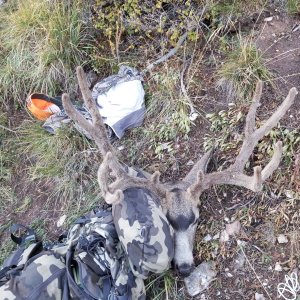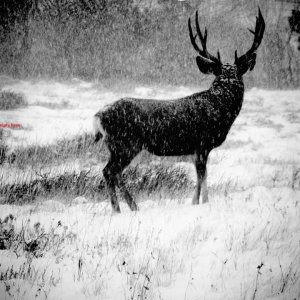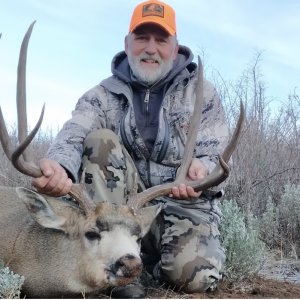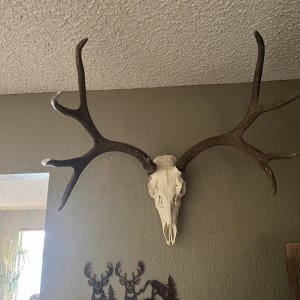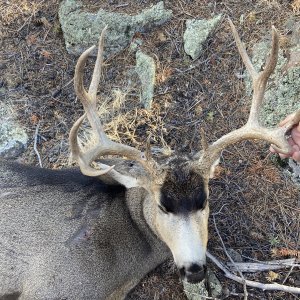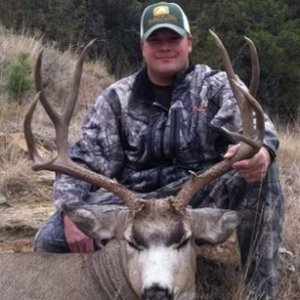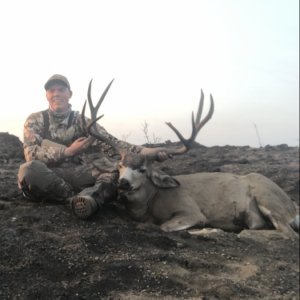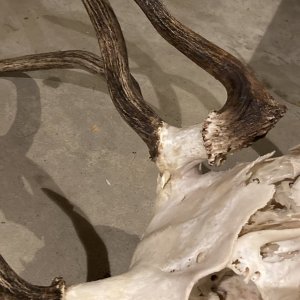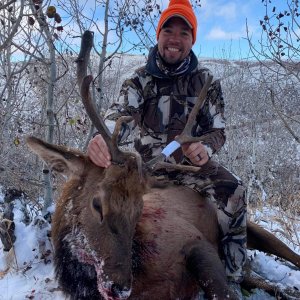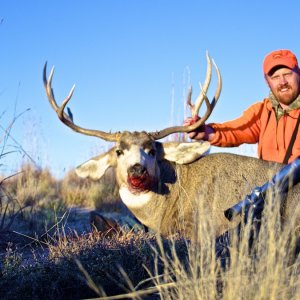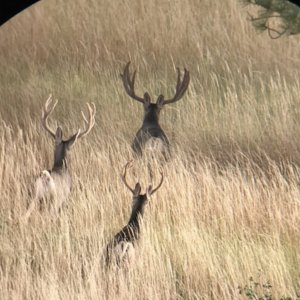The more massive the rack, the less, percentagewise, loss when stripping velvet. However, the more massive the rack, the greater, in total number of points, loss when stripping velvet.
Figuring a book buck will have 40" of mass (rule of thumb, not an absolute), means an average mass measurement of 5" on a typical 4-point. I've killed 2 velvet bucks, the velvet was no more than 1/8" thick - probably less. So, with a 5" average circumpherence, if antlers are perfect circles, beam diameter is 1.59" (C = 2*pi*r, D= 2r). With a 1/8" layer added, increases the circumpherence to 5 7/8". In this case, 1/8" velvet adds 7/8" to a perfectly circular 5" bony antler circumpherence, or a total of 7" mass with 8 perfectly circular, 5" average, mass measurements. In this case, the mythical, perfectly symmetrical, perfectly circular-beamed 4-point buck will need to net 197" in velvet to net 190" stripped.
Of course, in real life, there is no such deer. The more flattened the antler, the less impact of the velvet addition (the circle is the most extreme difference). It will also depend on whether velvet is dry or green, and likely there is individual variation too. Still, I doubt you'll ever lose more than 10" when stripping velvet from a typical 4-point, and likely quite a bit less. However, keep in mind, this is comparing velvet compressed by a tape, to stripping that velvet. The fuzzier his velvet (again, dryness or lack thereof, individual variation), the more "ground shrink" there will be, between what you THOUGHT his mass was, and what it actually is with the velvet stripped off.
My first velvet buck was a small buck killed on an archery hunt, no surprises. The second, seen skylined at a distance, then killed spooking after a long, out of sight stalk, had a lot of shrink - never judge a skylined, velvet buck!

